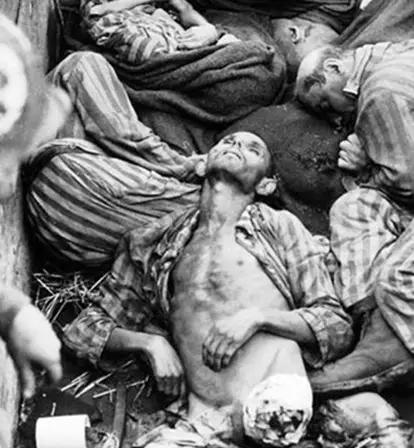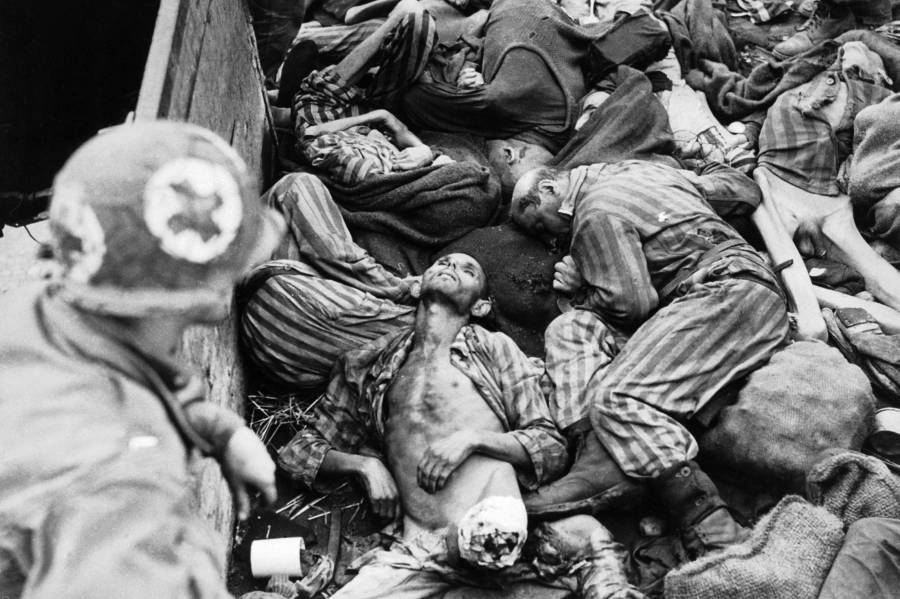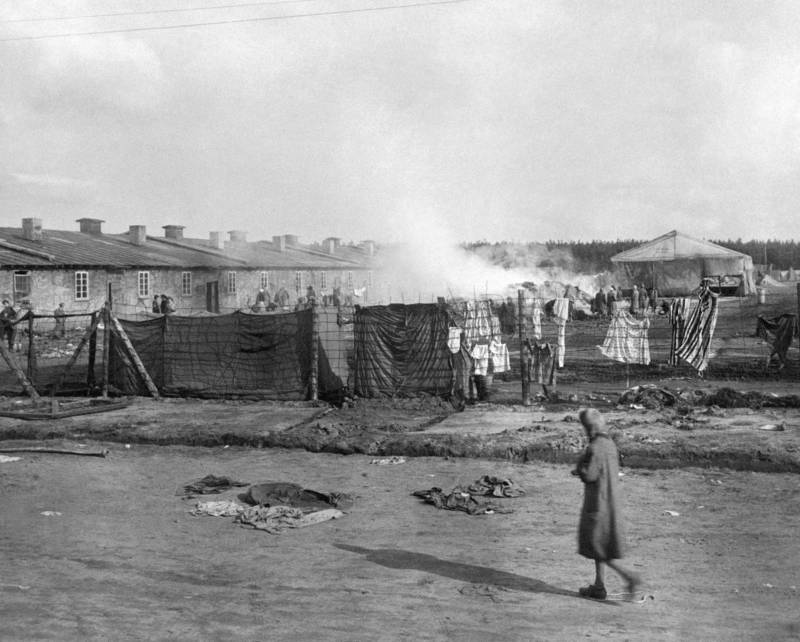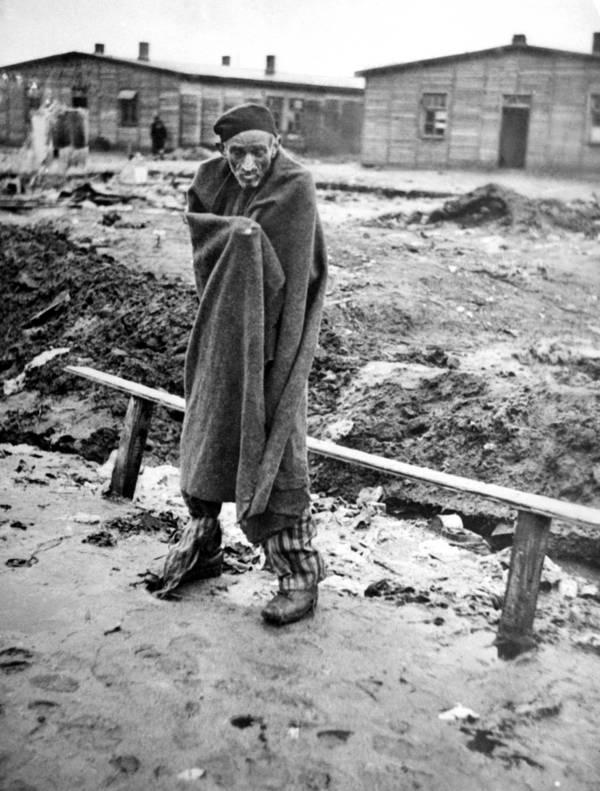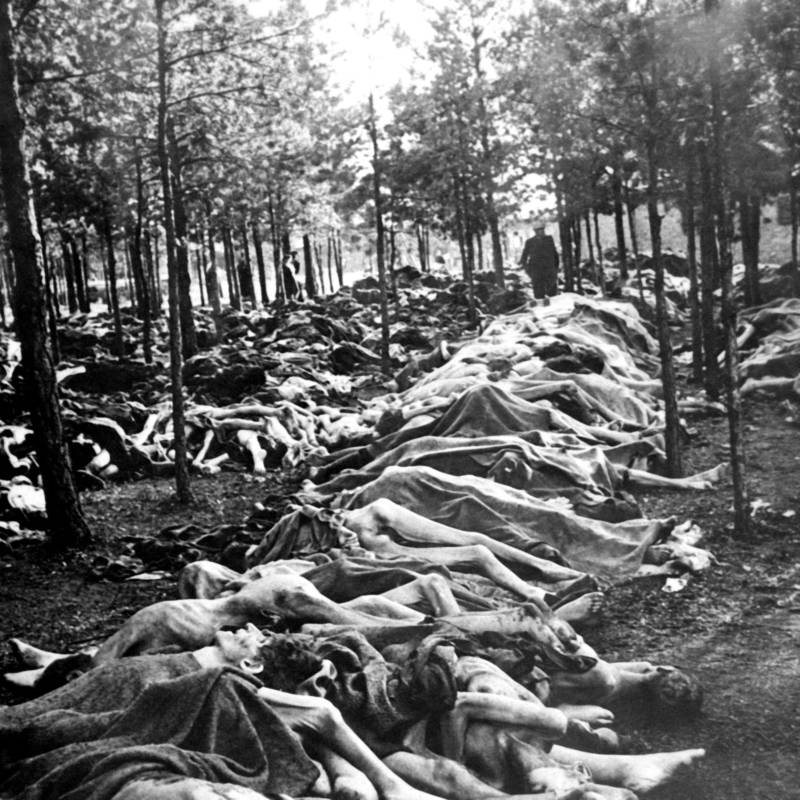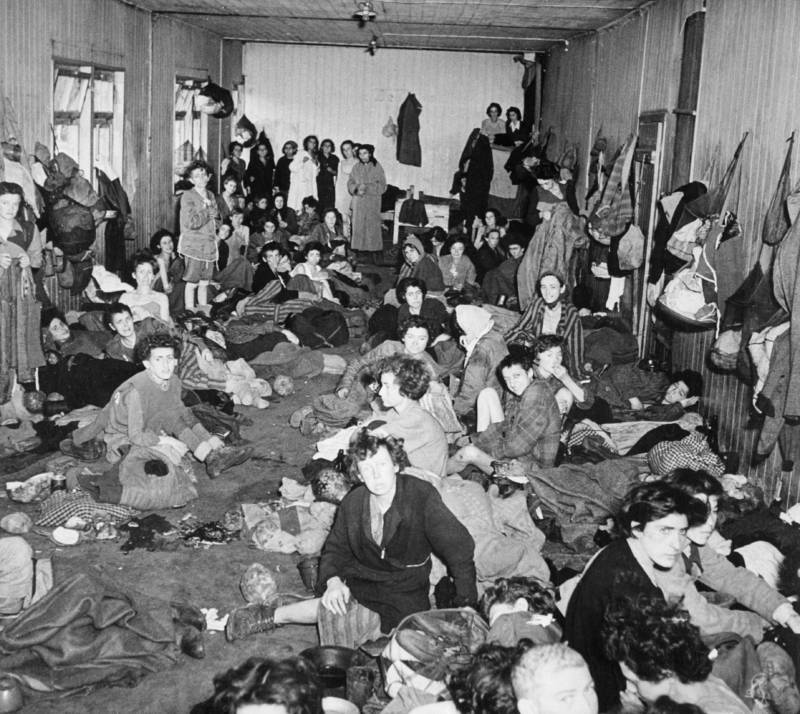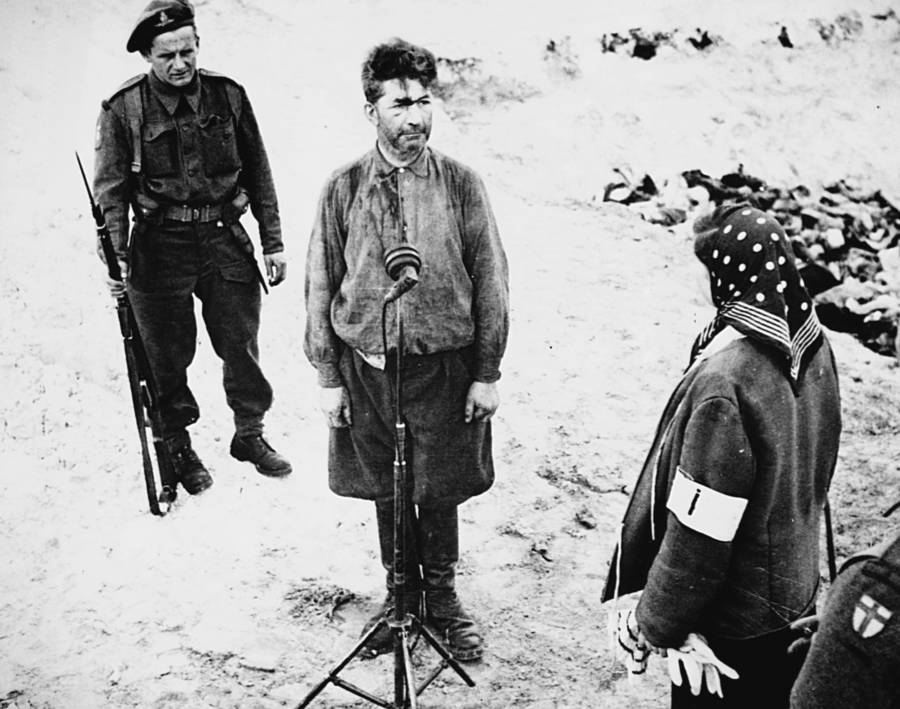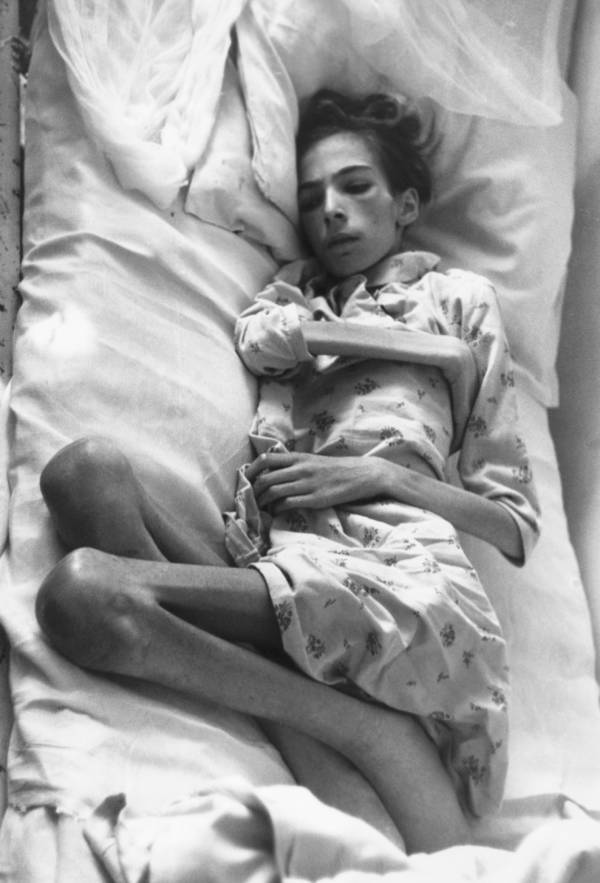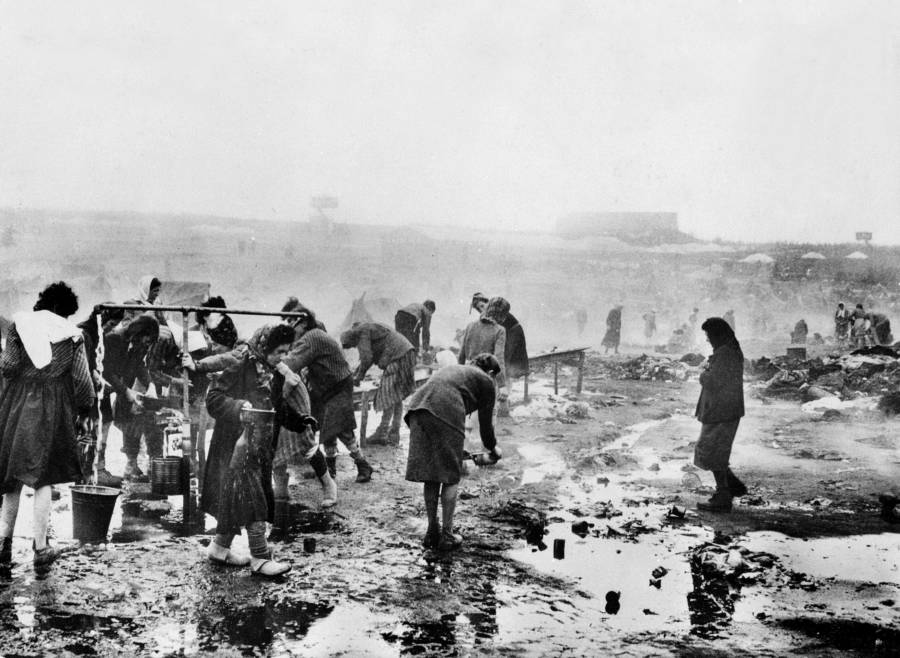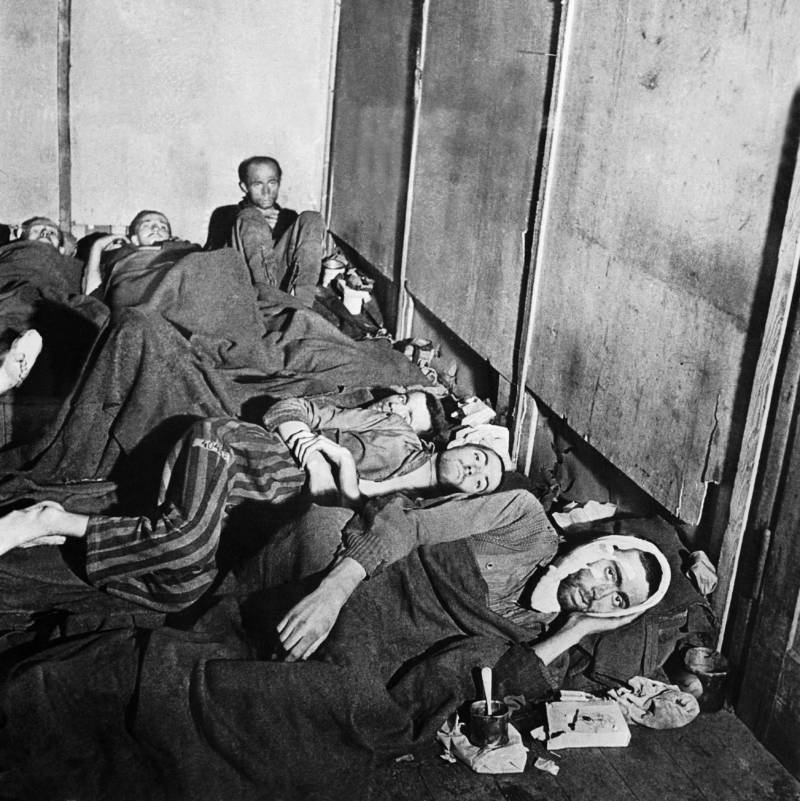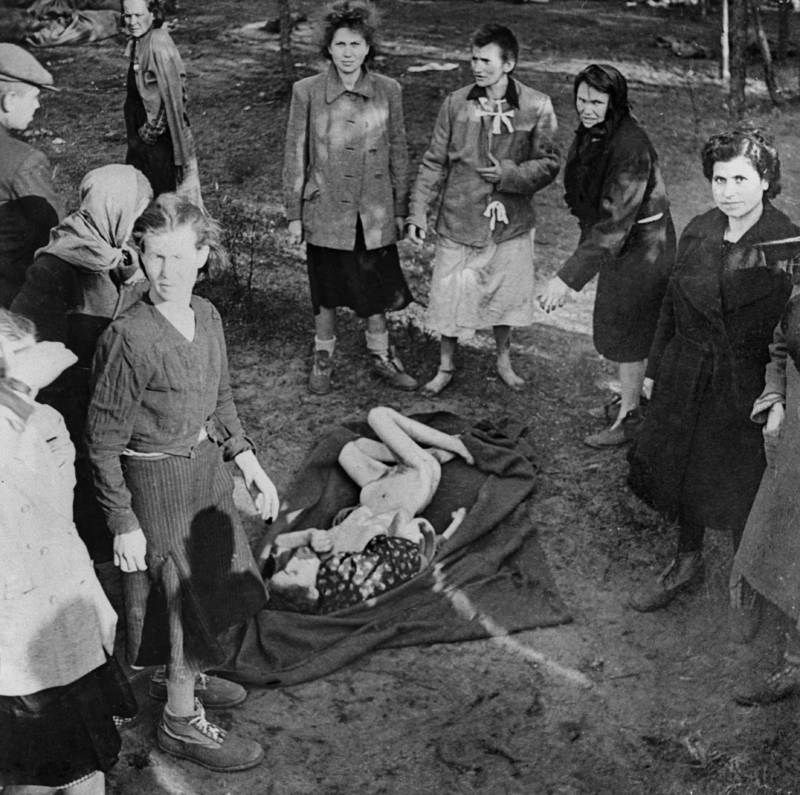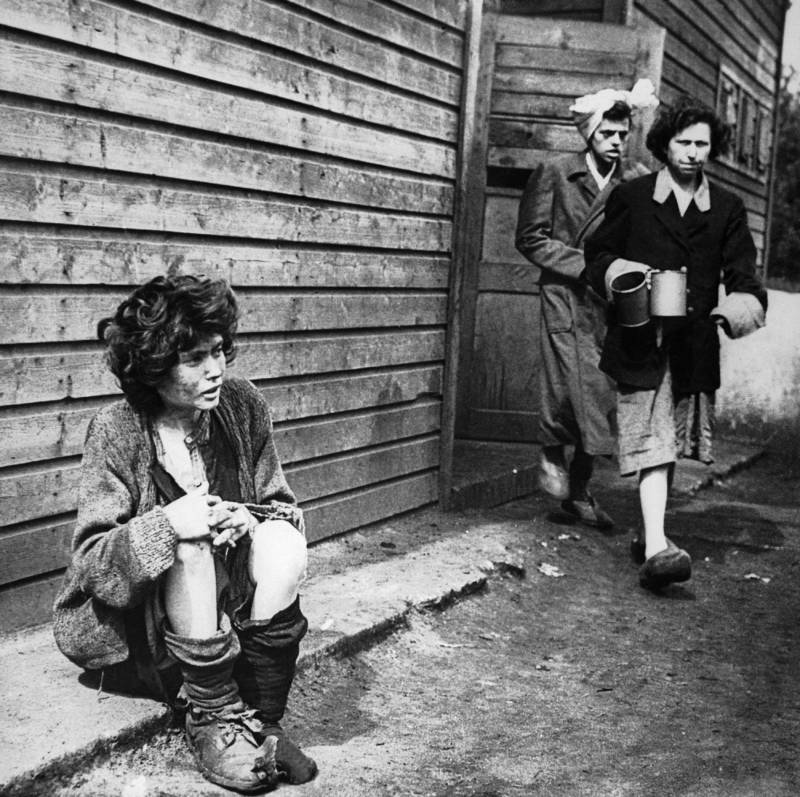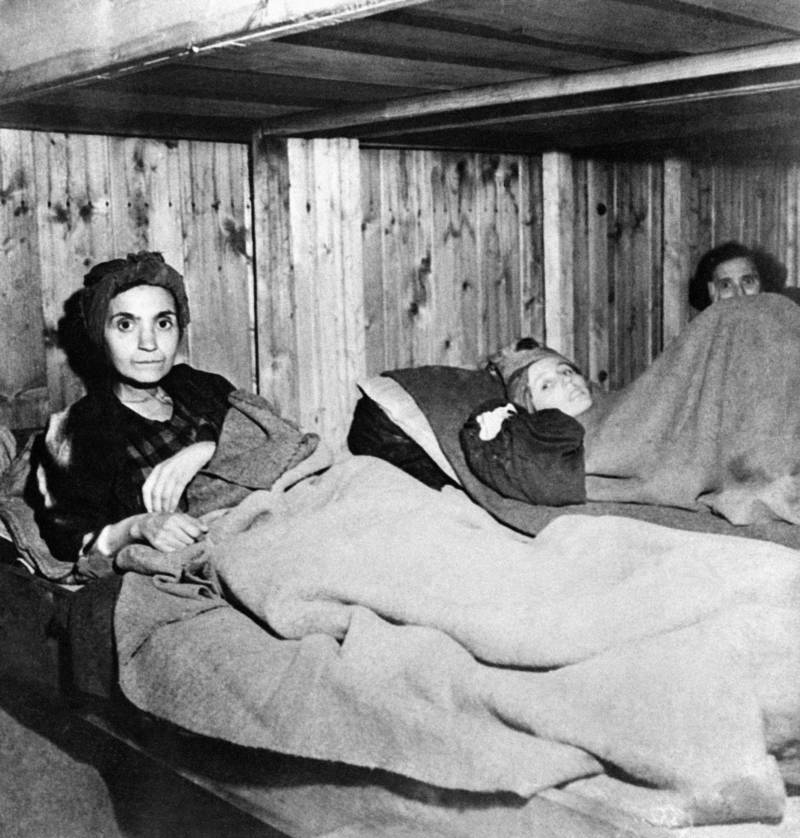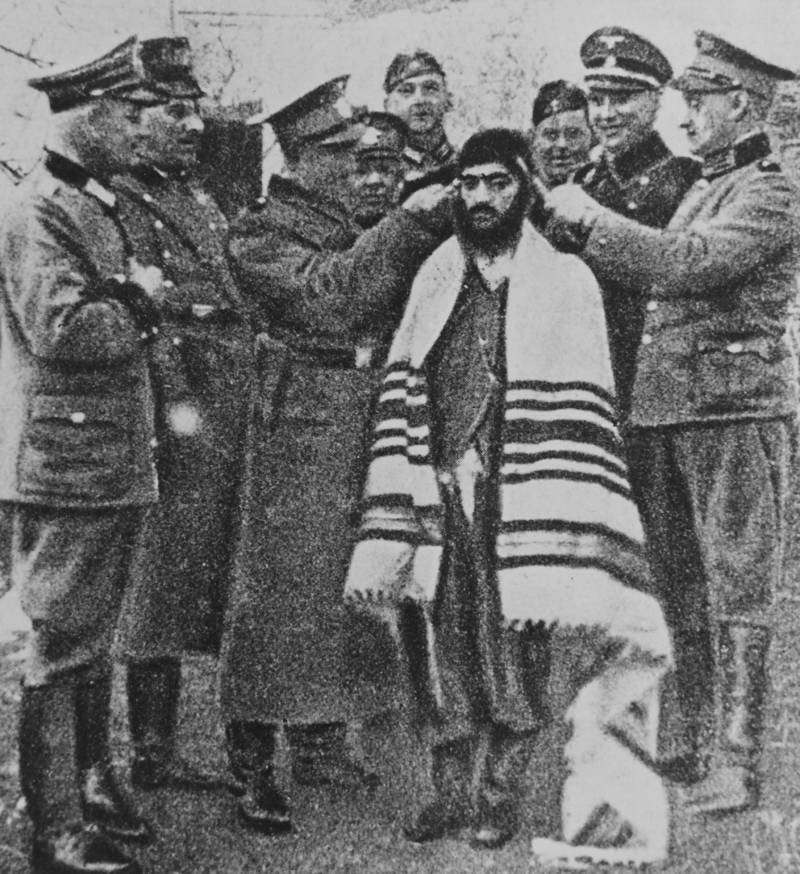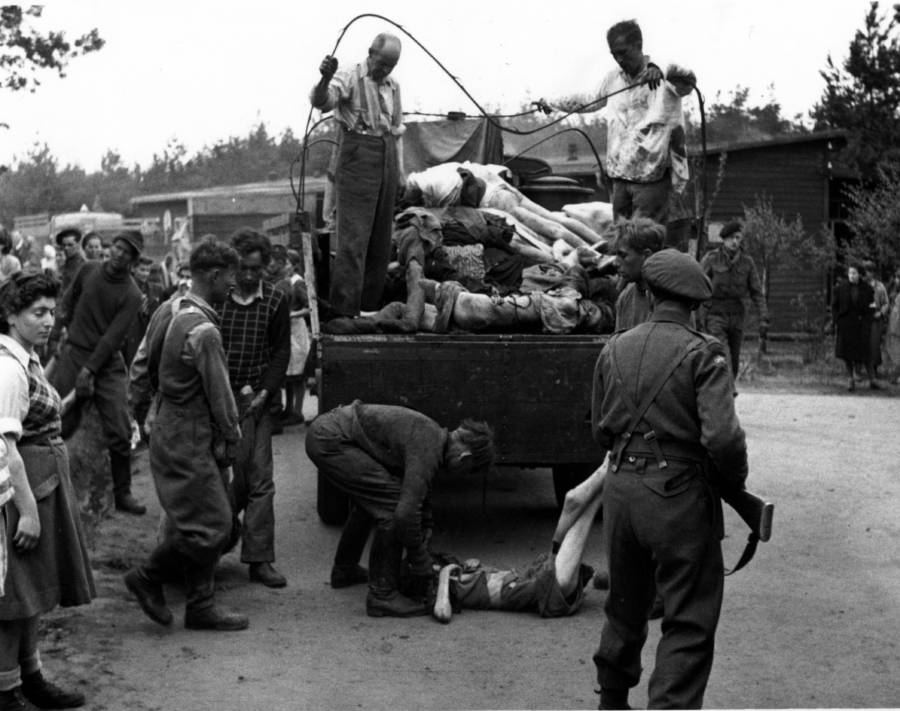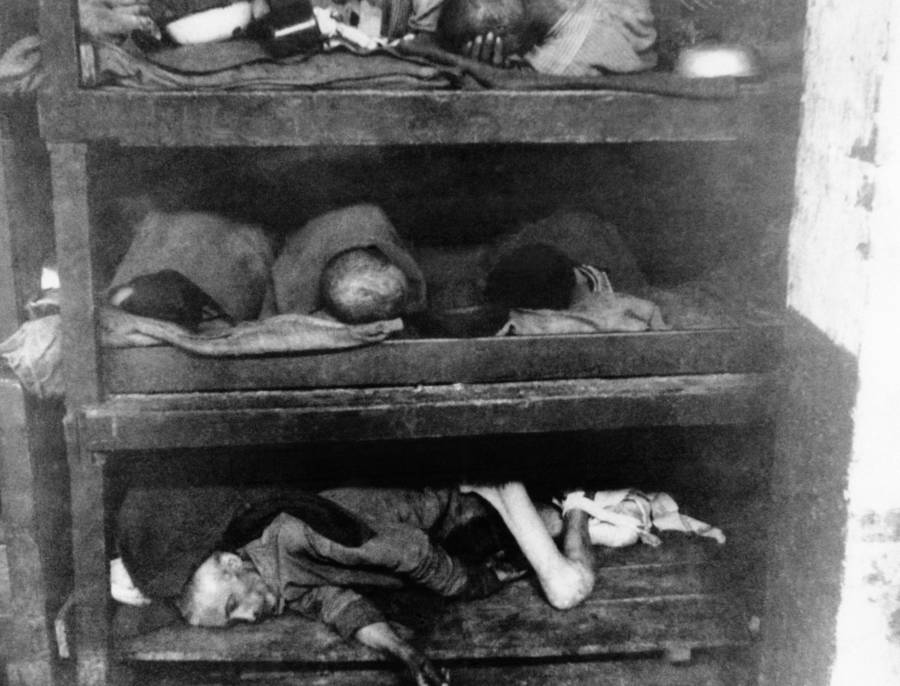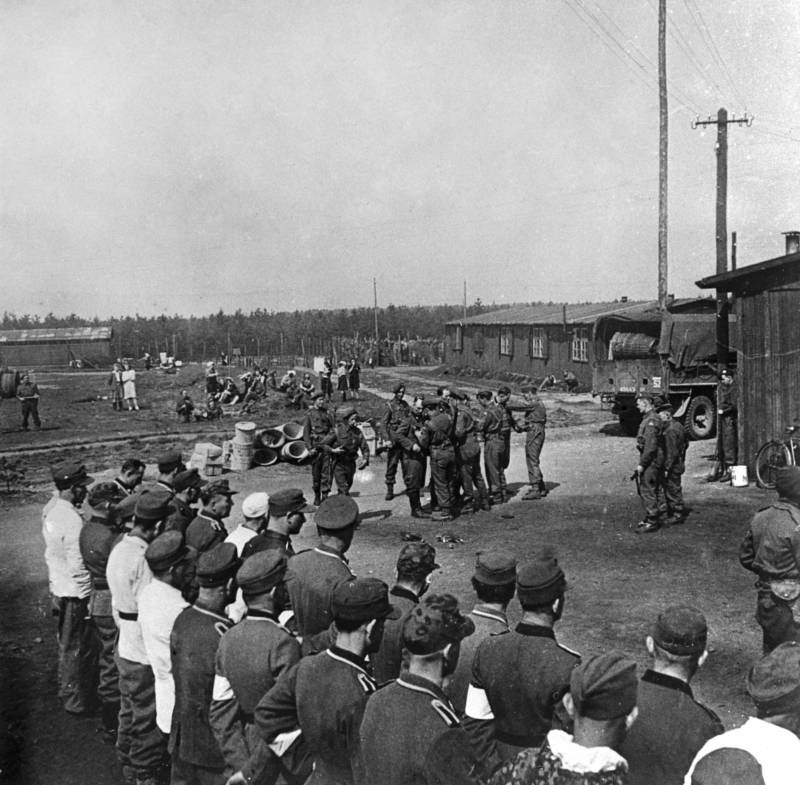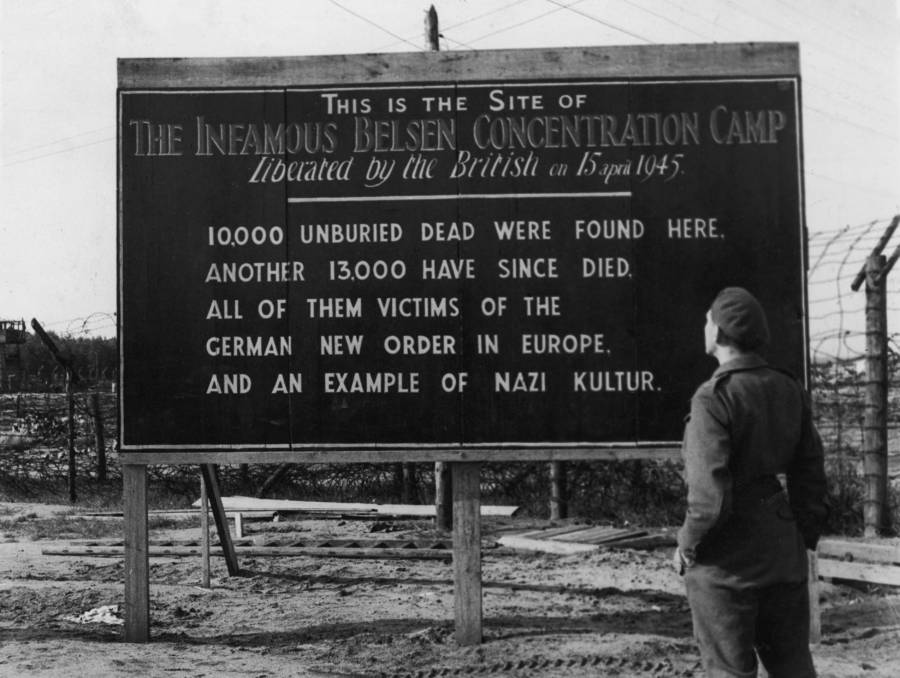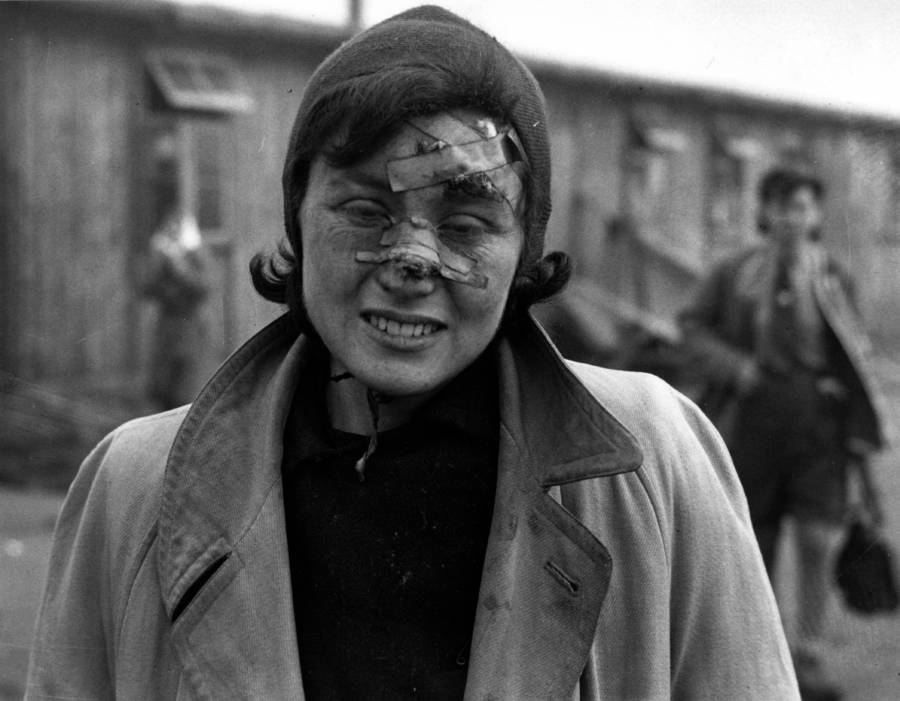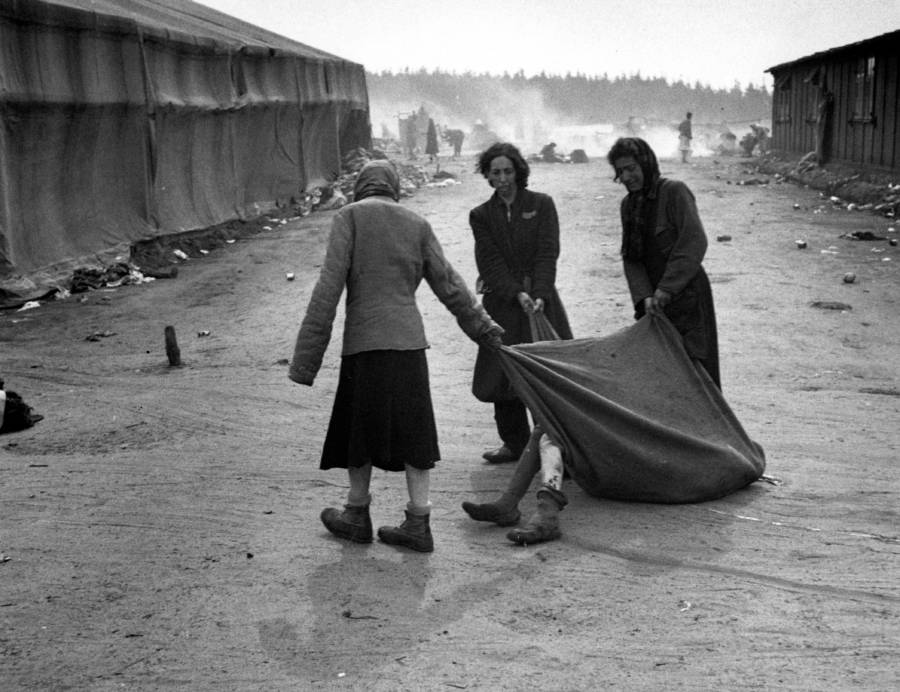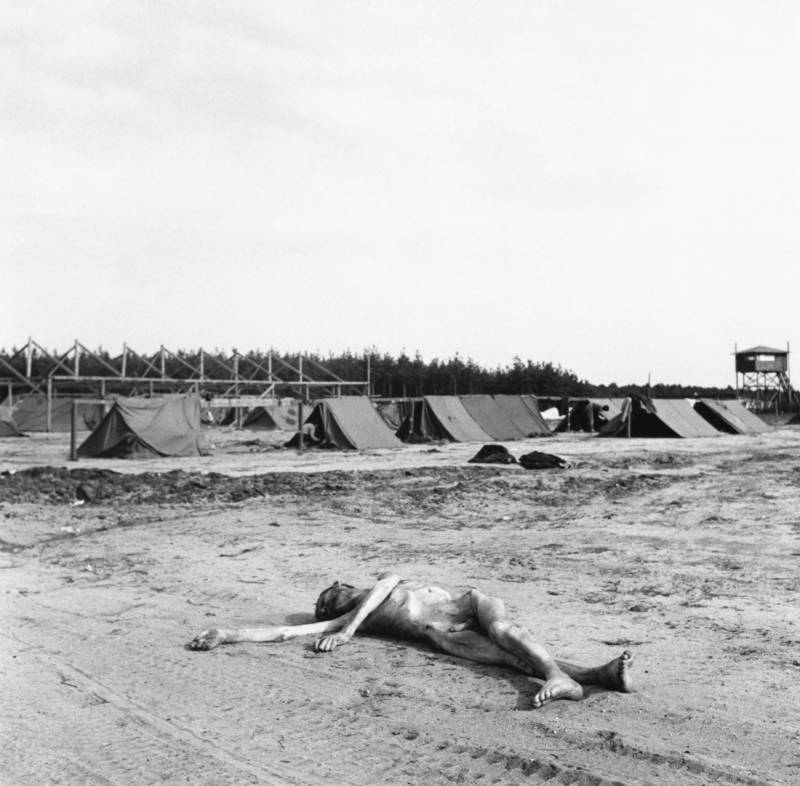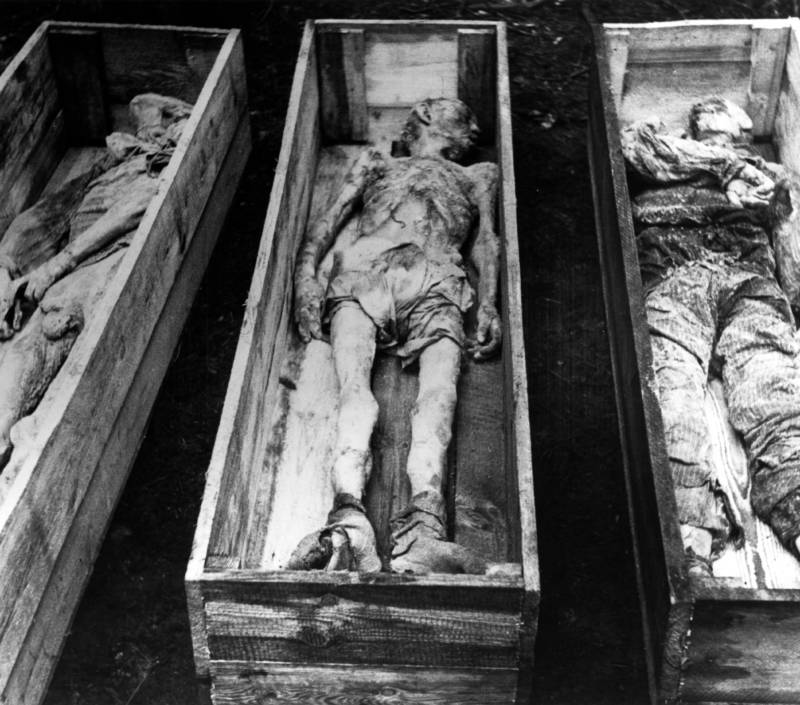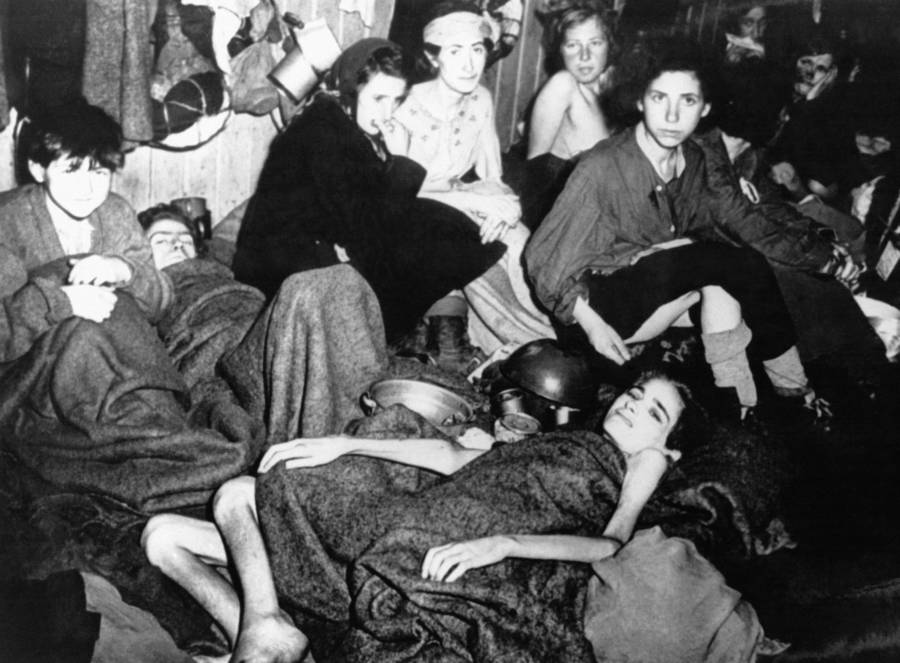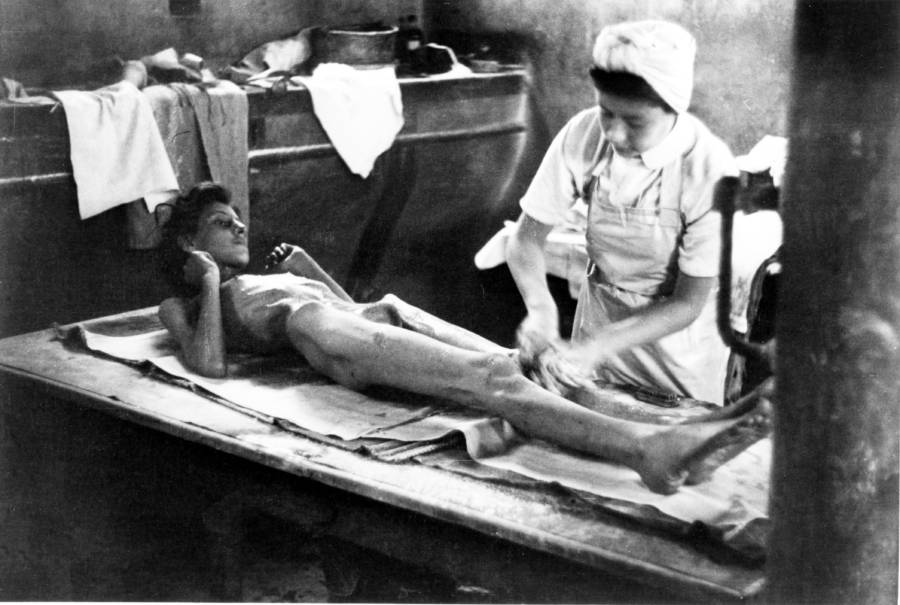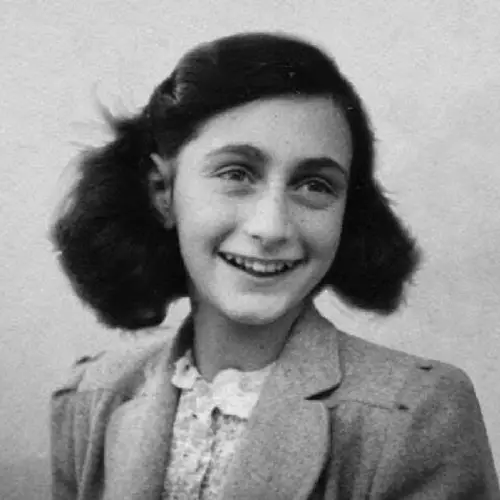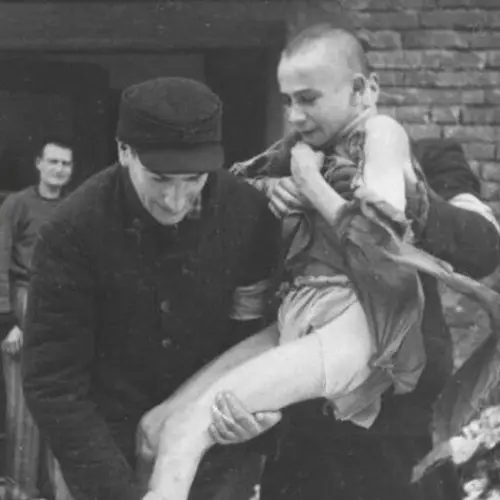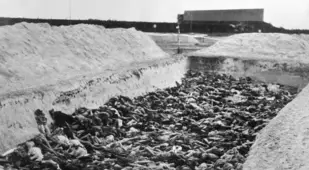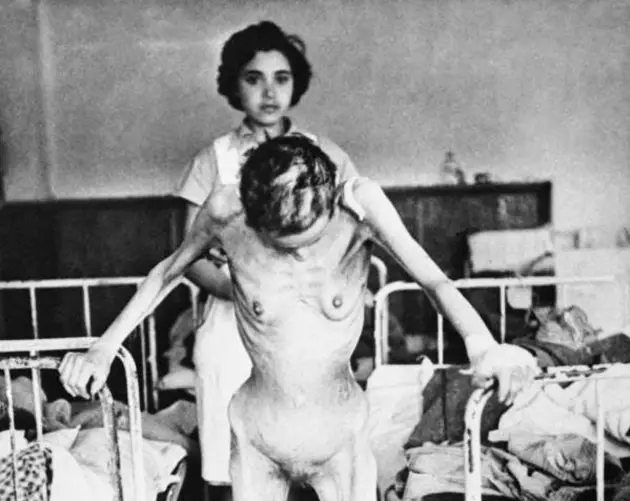Over the course of five years, 50,000 prisoners died at Bergen-Belsen. Even after the British liberated it in 1945, another 13,000 former inmates died as they were simply too ill to recover.
The Bergen-Belsen concentration camp complex outside of Celle, Germany was the last place 50,000 people ever saw. it was where Anne Frank died along with her sister Margot Frank. Even after the camp's liberation by Allied forces on April 15, 1945, 13,000 former prisoners were still too sick to recover and consequently died.
According to the Holocaust Encyclopedia by the United States Holocaust Memorial Museum, the German military established the site in 1940 and was so named for the two towns of Bergen and Belsen, of which the camp was south.
Bergen-Belsen camp operated as a constant work-in-progress throughout its five-year existence. It began as a POW camp until 1943 when the SS Economic-Administration Main Office, or SS Wirtschafts-Verwaltungshauptamt (WVHA), took control of a portion of the space and turned it into a "Residence Camp" or a camp for civilians. It then added the "Prisoner's Camp" or Häftlingslager.
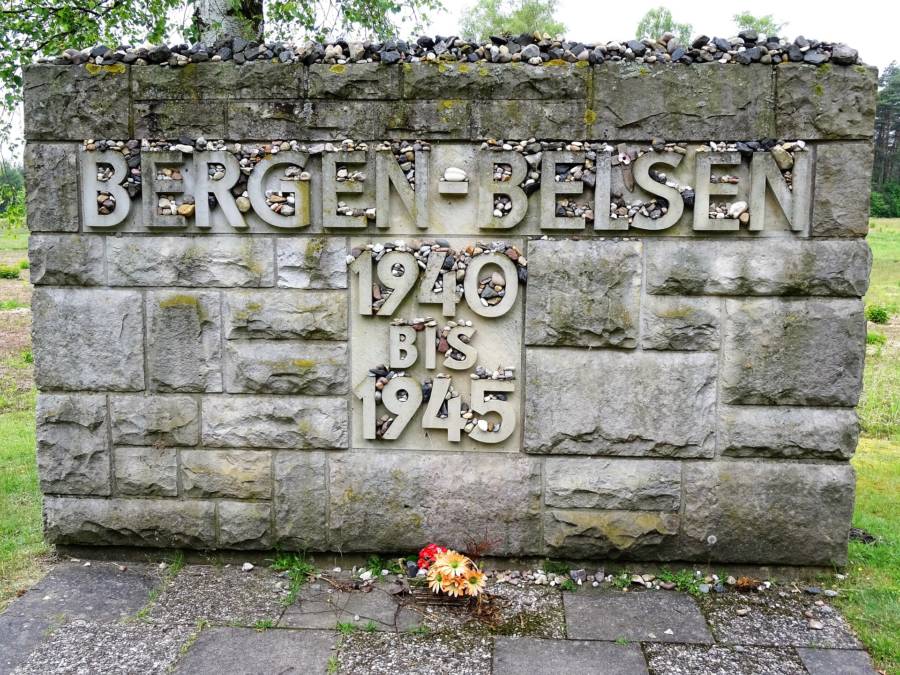
PixabayA memorial site for the estimated 50,000 killed at Bergen-Belsen between 1940 and 1945.
Overall, the WVHA, which was in charge of managing Nazi Germany's concentration camp system, established eight separate sections within the Bergen-Belsen camp to organize its prisoners. Though the camp never had gas chambers, it was still a site of gruesome mortality rates through disease, overcrowding, and starvation. Indeed, it quickly turned into a traditional concentration camp where thousands of men, women, and children died of typhus, tuberculosis, starvation, and torture.
The Organized Layout Of Bergen-Belsen
Both the "Residence Camp" and "Prisoners' Camp" were in operation from April 1943 until April 1945 when the compound was liberated. The "Residence Camp" was comprised of various subcamps including the "Special Camp" (Sonderlager), the "Neutrals Camp" (Neutralenlager), the "star camp" (Sternlager), and the "Hungarian Camp" (Ungarnlager). The camps were divided by ethnicities or nationalities, isolated from one another, and surrounded by a fortress of barbed wire.
The "Prisoners' Camp," meanwhile, contained the "Recuperation Camp" (Erholungslager) that was used to house prisoners from other concentration camps or those who were unwell, which earned it the name Krankenlager or Sick Camp. The mortality rates here were especially high.
There was the "Tent Camp" (Zeltlager), which acted as a temporary placement space as prisoners were shepherded in, and where Anne Frank and her sister Margot were interned. There were also the "Small and Large Women's Camps" (Kleines Frauenlager and Grosses Frauenlager), the latter of which was added when an influx of female prisoners arrived in 1945.

United States Holocaust Memorial MuseumThe major concentration camps in Nazi Germany in 1944.
According to Britannica, prisoners in the "Star Camp" were forced to wear yellow stars of David, but no prison uniforms. Prisoners which the Nazis intended to exchange with the West were held in the "Starp Camp" as well, including Jews that had citizenship from a neutral country. 1,684 Jews deported from Hungary were held here, too. Prisoners in the "Tent Camp" were new transfers from other camps and often too sick to work.
Bergen-Belsen's Interned Population
The population of Bergen-Belsen was largely comprised of Jews. The remaining groups included Jehova's Witnesses and homosexuals, political prisoners, prisoners of war, Roma, and "asocials." The last category was essentially an umbrella for anyone deemed unfit for Nazi German society.
The advancement of both Soviet forces from the east and Allied forces from the west saw a sharp increase in Bergen-Belsen's number of prisoners. With camps near both fronts being evacuated in late 1944 and early 1945, the Nazis had few places left to house the people they didn't kill and so they were often sent to Bergen-Belsen. For instance, the Frank sisters were moved from Auschwitz to Bergen-Belsen in 1944, where Anne Frank died soon after.
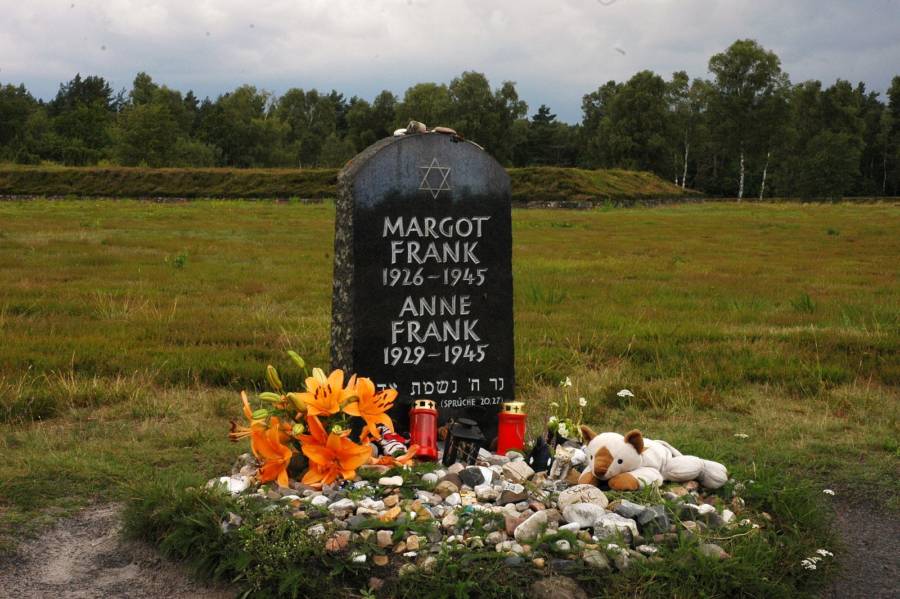
Wikimedia CommonsA headstone memorializes where Anne Frank died with her sister Margot.
Conditions at Bergen-Belsen were already challenging, demanding, and deadly even before the arrival of thousands of additional new prisoners. Of course, these conditions thoroughly worsened.
Originally, Bergen-Belsen was designed to hold 10,000 prisoners. It held six-fold by 1945. The new arrivals themselves had already endured the forced evacuations and grueling subsequent travel on foot to Bergen-Belsen. Now they had to survive an overpopulated new camp and fight for scraps in order to stay alive.
Harrowing Conditions
Many of the new inmates were female, and so the SS had to dissolve the northern part Bergen-Belsen — which was being used as a prisoner-of-war camp — and simply establish the "Large Women's Camp." This inhumane reorganization in January 1945 consolidated thousands of women from numerous evacuated concentration camps in Europe. The camp went from 8,700 women in 1944 to over 30,000 just a year later.
Countless thousands of female prisoners from Flossenbürg, Gross-Rosen, Ravensbrück, Neuengamme, Mauthausen, and Buchenwald concentration camps, and various labor camps were now fighting for survival in the same, horrific place.
"Bergen-Belsen was hell on earth."
By February 1945, 22,000 starving prisoners dwelled in the barracks and disease-infested subcamps. By April, there were more than 60,000 prisoners.
The peak of starvation at Bergen-Belsen hit in late 1944. By early 1945, people often didn't eat for days. Of course, when they did, they were given minuscule rations of potato soup, cooked in foul conditions and often using rotting ingredients. Freshwater was also lethally scarce during this time.
In terms of sanitary conditions, Bergen-Belsen had far too few latrines and not enough water faucets for its crowded state. All of these elements — population, food and water scarcity, horrific sanitation, and brazenly packed barracks — led to an outbreak of unmanageable diseases. Anne Frank died by one of these epidemics.
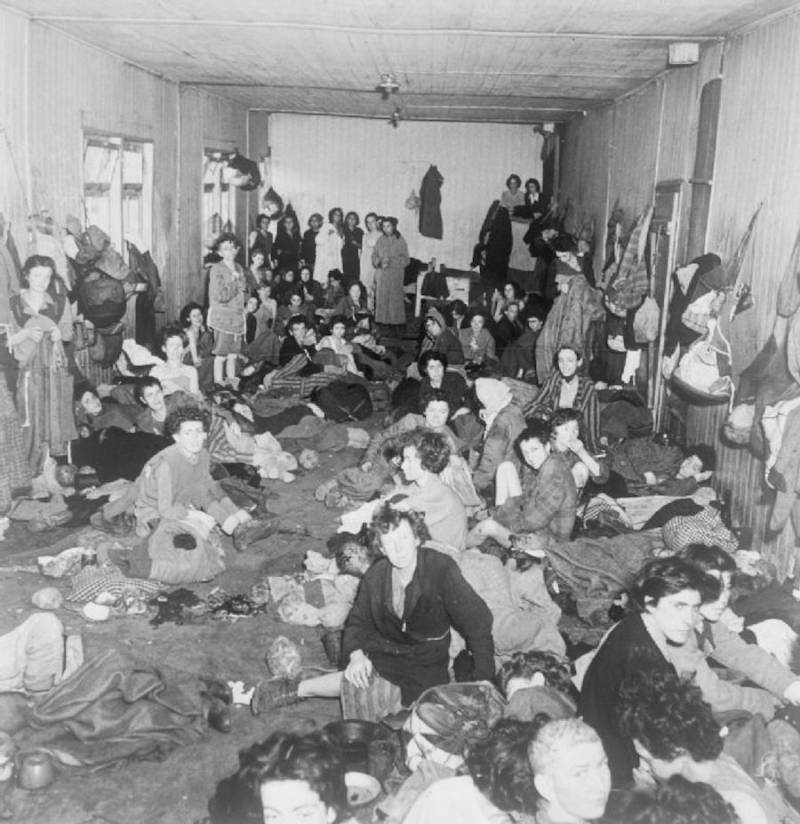
Wikimedia CommonsWomen and children are herded together in one of the camp huts post-liberation by British forces. A displaced persons camp was set up for 12,000 survivors nearby that functioned until 1951.
Inevitably, dysentery, typhoid fever, typhus, and tuberculosis spread across Bergen-Belsen's barracks. As such, the death rate saw a tragic incline. Tens of thousands of people died in the first few months of 1945. This was mere weeks before the Allies arrived to liberate them.
The Allied Liberation
British troops entered Bergen-Belsen concentration camp on April 15, 1945. However, even liberation didn't save an exorbitant percentage of survivors. Over 13,000 former prisoners died thereafter. They were simply too ill to recover. Astoundingly, that figure is considered a conservative estimate. Some believe as many as 28,000 liberated prisoners died soon after.
Annie Frank died only a month before this liberation.
Upon arrival, the Allies found the campgrounds themselves littered with dead bodies. In a matter of two years, between May 1943 and April 15, 1945, somewhere between 36,400 and 37,600 prisoners died. In total, around 50,000 people perished at Bergen-Belsen Concentration Camp.
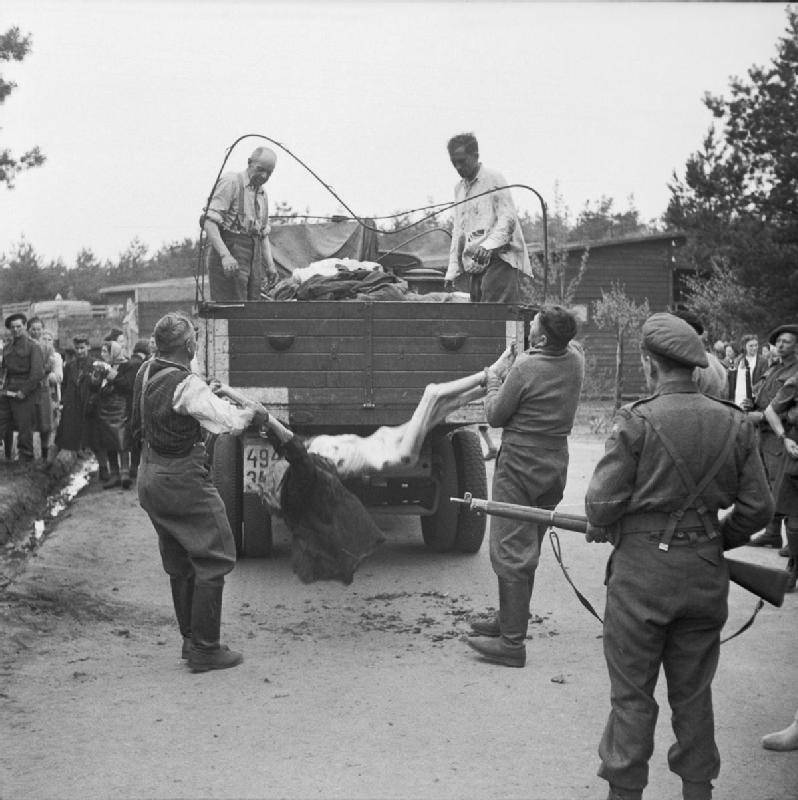
Wikimedia CommonsThe British Allies made SS personnel confront their involvement by forcing them to load the dead onto trucks for burial. April 1945.
When the British concluded their evacuation of the unspeakably evil camp, they burned it all to the ground to stop the spread of typhus.
Now in charge of those who managed to survive the seemingly endless horrors of Bergen-Belsen, the British created a displaced persons camp for over 12,000 former prisoners. This was situated near the original campsite in a German military school barracks. It was operational until 1951.
Unfortunately, the Nazis were well-organized in destroying files, documents, and information regarding the camp's SS authorities and personnel. Only a few facts remained, which were explored in a postwar trial by a British Military Tribunal in Lüneburg.
Postwar Trials For Bergen-Belsen's Personnel
The very first commandant at Bergen-Belsen was SS-Hauptsturmführer Adolf Haas. He began his work there in the spring of 1943 and was replaced by SS-Hauptsturmführer Josef Kramer in December 1944.
While the number and positions of Bergen-Belsen's SS authorities varied throughout the camp's existence, and much information was purposefully destroyed, the 1945 postwar trials nonetheless saw 48 members on trial.
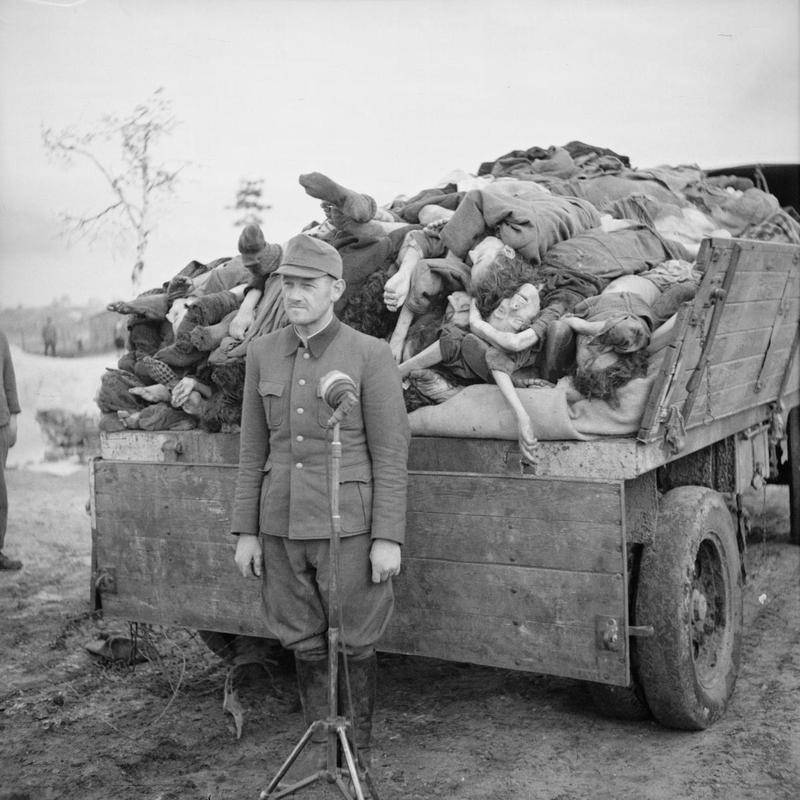
Wikimedia CommonsSS Officer Hosler being forced by the British to admit his involvement on the radio. Behind him is evidence of his complicity.
The British Military Tribunal in charge tried 37 members of SS personnel and 11 prisoner functionaries. Nineteen were convicted and sentenced to various prison terms for their involvement.
The tribunal also acquitted 14 people. Kramer and 10 others, however, were executed by the British military on December 12, 1945.
After this harrowing look into the Bergen-Belsen concentration camp where Anne Frank died, read up on the Boer War genocide and history's first concentration camps. Then, learn how the Dachau concentration camp guards got their comeuppance.
